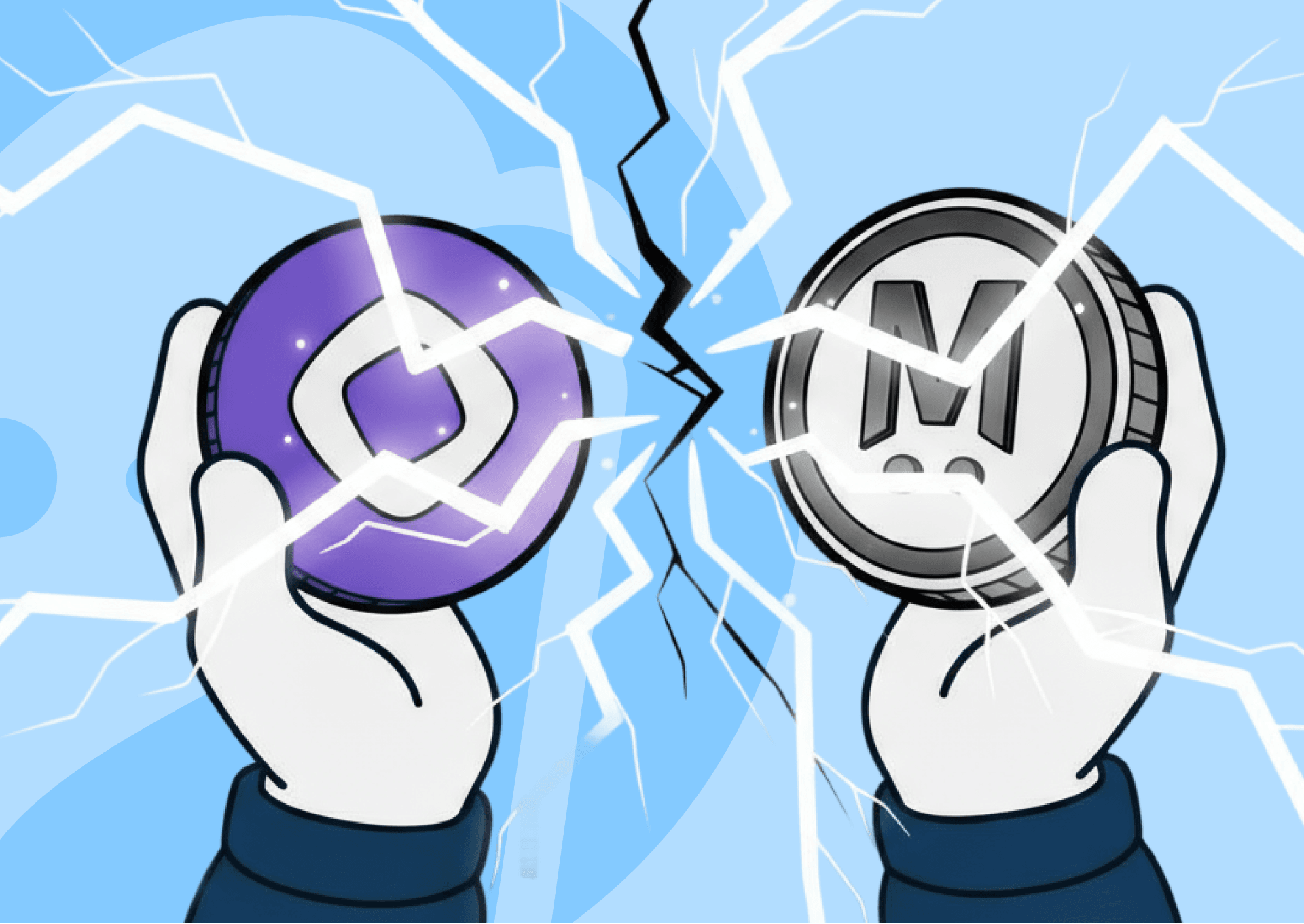What’s the Secret Behind Monad’s 10,000 TPS?
By Pratik Bhuyan Updated November 10, 2024

Summary
- Monad’s 10,000 TPS is achieved by its custom MonadBFT consensus protocol, which separates transaction ordering from execution to reduce validator communication delays.
- Monad’s parallel execution with superscalar pipelining maximizes resource use by dividing transaction stages and processing them concurrently.
- MonadDb, a storage solution tailored for blockchain, uses asynchronous I/O to reduce data retrieval bottlenecks.
Introduction
Monad is turning heads in the blockchain space, and for good reason: the platform claims to handle a jaw-dropping 10,000 transactions per second (TPS). But what enables Monad to break through the bottlenecks holding back traditional blockchain systems? The secret lies in a combination of innovative architecture choices and performance-enhancing optimizations.
1. MonadBFT: Optimizing Consensus
Monad’s consensus protocol, known as MonadBFT, is based on HotStuff but is enhanced to streamline transaction processing. Unlike Ethereum’s PoS, where validators need to validate and execute transactions simultaneously, MonadBFT focuses only on ordering transactions during consensus. Execution happens afterward, allowing the system to achieve 1-second finality and speed up transaction throughput by reducing communication delays between validators.
2. Deferred Execution: Decoupling Consensus and Execution
Deferred Execution is another key feature that sets Monad apart. In Monad’s design, transactions aren’t executed immediately after consensus. Instead, Monad finalizes the transaction order first and processes them in parallel across multiple blocks. This design prevents validators from being bogged down by immediate execution requirements, allowing for a much higher TPS and minimizing system congestion during high-activity periods.
3. Parallel Execution and Superscalar Pipelining
To further speed things up, Monad applies parallel execution and a “superscalar pipelining” approach similar to how modern processors handle tasks. Transactions are processed in parallel across multiple cores, and any transactions with interdependencies are re-executed as needed to avoid conflicts. Superscalar pipelining divides transaction processing into stages—such as signature verification and state access—and runs these stages concurrently. This technique enables Monad to maximize resource utilization and process transactions rapidly, ensuring high throughput without sacrificing order or determinism.
4. MonadDb: Reinventing Blockchain Storage
For storage, Monad uses MonadDb, a custom-built database designed specifically for blockchain workloads. Unlike Ethereum’s Merkle Patricia Trie, which uses key-value databases like LevelDB, MonadDb natively incorporates the Patricia Trie. By leveraging asynchronous I/O, MonadDb keeps the system from being blocked by slow storage operations, allowing other transactions to continue processing even if one is waiting on data retrieval.
Why Monad’s EVM Compatibility Matters
Monad is built to be developer-friendly by ensuring compatibility with the Ethereum Virtual Machine (EVM). This means developers familiar with Ethereum’s environment can deploy dApps on Monad with little to no modifications. This is a huge advantage for dApp developers looking to leverage Monad’s high TPS for applications requiring fast, cost-efficient transactions, like DeFi and other financial services.
Final Thoughts
Monad’s approach to solving blockchain scalability through advanced consensus, deferred and parallel execution, and optimized storage could be a game-changer. While the project is still in the development phase, its architecture and focus on balancing performance and decentralization position it as a powerful alternative for developers and users who want speed without sacrificing blockchain fundamentals. As Monad advances towards its mainnet, its performance claims and architectural innovations are likely to attract major interest across the blockchain ecosystem.
Join the Beluga Brief
Dive deep into weekly insights, analysis, and strategies tailored to you, empowering you to navigate the volatile crypto markets with confidence.
Never be the last to know
and follow us on X








